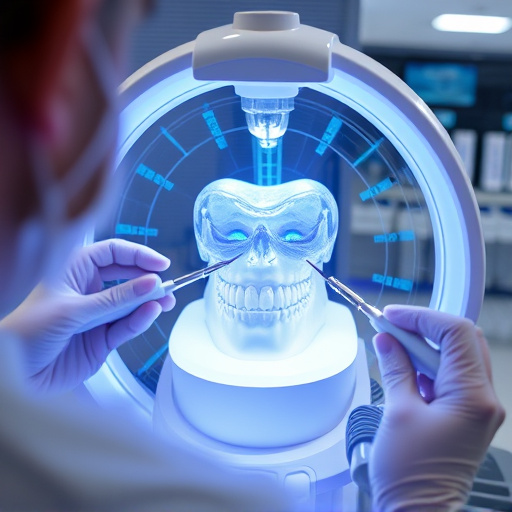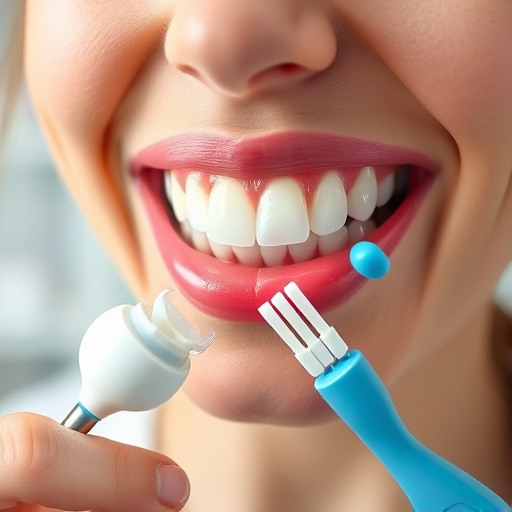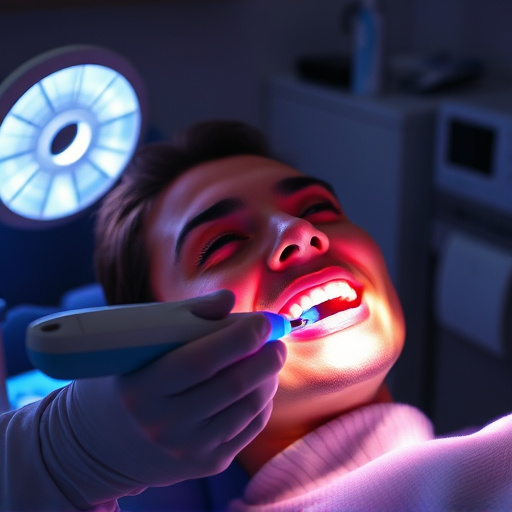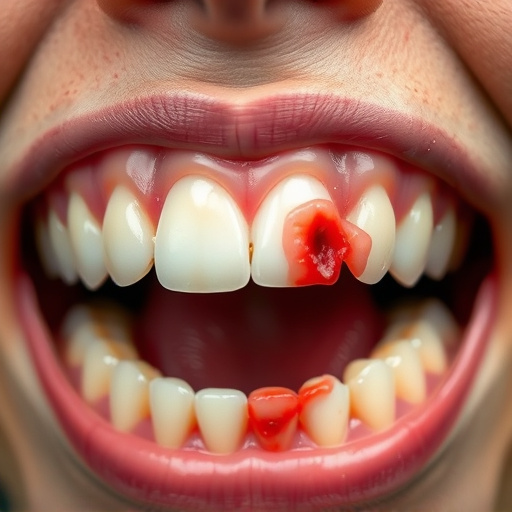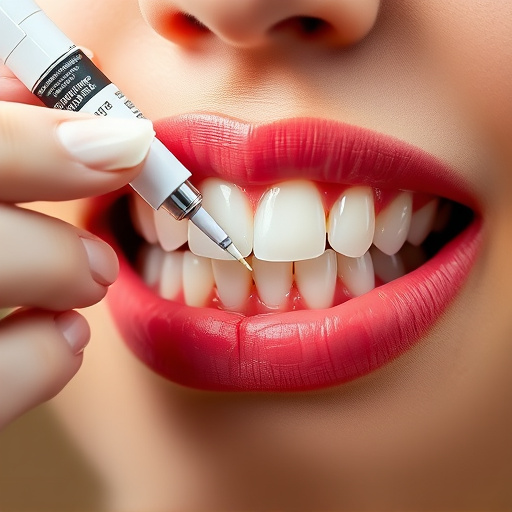Dental crowns and bridges offer effective restorative solutions for missing or damaged teeth, enhancing both function and aesthetics. Crowns protect weak or decayed teeth by capping them, while bridges fill gaps left by missing teeth using adjacent natural teeth as anchors. These procedures provide long-lasting results, improve chewing efficiency, speech clarity, and require proper aftercare for durability.
Dental crowns and bridges offer effective solutions for broken or weak teeth, restoring both form and function. This article delves into these procedures, providing insights on how dental crowns fortify tooth structure and bridges replace missing teeth seamlessly. We explore the benefits, process, and aftercare of these treatments, empowering you to make informed decisions for optimal oral health. Discover how dental crowns and bridges can transform your smile and chewing ability.
- Understanding Dental Crowns and Their Benefits
- How Bridges Restore Broken or Weak Teeth
- The Process and Aftercare of Crowns and Bridges
Understanding Dental Crowns and Their Benefits

Dental crowns and bridges are restorative dental procedures designed to replace missing or damaged tooth structures, offering both functional and aesthetic advantages. A crown, in simple terms, is a cap placed over a tooth to restore its shape, size, and strength while improving its appearance. This treatment option is ideal for teeth that have suffered significant decay or structural damage but remain mostly intact. By encapsulating the weakened tooth, a dental crown provides protection against further deterioration and helps maintain proper oral function.
One of the key benefits of dental crowns and bridges is their ability to enhance smile aesthetics. They can be crafted to match the natural color and texture of your teeth, ensuring a seamless blend with your existing smile. This is particularly beneficial for those concerned about cosmetic issues caused by broken or weakened teeth. Moreover, these restorations promote better chewing efficiency and improve speech clarity, allowing patients to enjoy their favorite foods and communicate effectively without discomfort or difficulty. In comparison to traditional dental fillings, which often require more removal of healthy tooth material, crowns offer a more conservative approach to restoring damaged teeth, preserving their structural integrity for longer-lasting results.
How Bridges Restore Broken or Weak Teeth

Dental crowns and bridges are versatile tools in general dentistry used to restore and strengthen teeth that are broken, damaged, or weak. When a tooth is severely decayed or fractured, a crown can be placed over the remaining healthy portion of the tooth to provide structural support and protect it from further damage. This process involves shaping the tooth, taking an impression, and crafting a custom-fit dental crown in a lab, which is then attached by a dentist.
Bridges, on the other hand, are ideal for filling gaps left by missing teeth. They consist of one or more artificial teeth (called pontics) held in place by crowns placed on adjacent natural teeth. This not only restores the smile and chewing function but also prevents the surrounding teeth from shifting out of position, which can lead to further complications in tooth repair. Family dentistry professionals often recommend bridges as a long-lasting solution for both aesthetic and functional reasons, ensuring patients have a complete and healthy set of teeth.
The Process and Aftercare of Crowns and Bridges

The process of installing dental crowns and bridges involves several steps. Initially, the dentist will assess the damaged or weak tooth, taking X-rays to determine its health and structure. If the tooth is still alive, a root canal might be necessary to remove infected tissue before placing a crown. Once the area is prepared, the dentist will create a custom-fit crown or bridge using advanced techniques and materials. This involves taking precise measurements and creating models to ensure an exact fit. The final restoration is then bonded or screwed into place, restoring both function and aesthetics.
Aftercare for dental crowns and bridges is crucial for long-term success. Patients should maintain good oral hygiene practices, including regular brushing and flossing. It’s important to avoid biting down on hard objects and to be mindful of temperature differences in food to prevent sudden stresses on the restoration. Routine oral exams and professional cleanings are essential to monitor the health of surrounding teeth and gums. Additionally, patients with dental implants supporting their bridges should follow specific aftercare instructions provided by their dentist to ensure stability and longevity of the implant-supported structure.
Dental crowns and bridges offer effective solutions for broken or weak teeth, providing both functional and aesthetic benefits. By restoring the tooth’s strength and shape, these procedures can improve chewing ability and speech clarity, while also enhancing the overall appearance of your smile. With proper aftercare, dental crowns and bridges can last for many years, ensuring long-lasting results and peace of mind.








